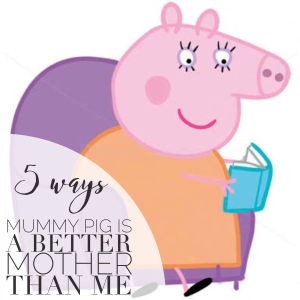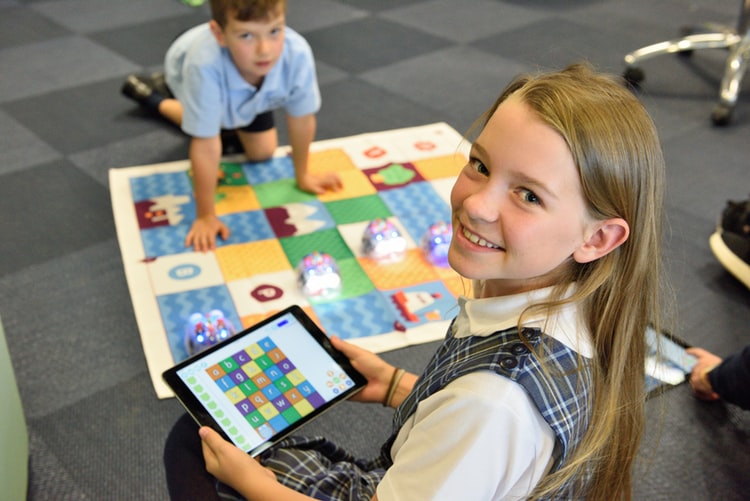Self-regulation is the latest buzz word; it is frequently mentioned in newspapers and across a range of media but what does it really mean? And how do parents foster self-regulation in their children? Kim Johnson and Rosemary Redden, of the Ngala Education team, explain.
Contrary to common belief, self-regulation is more than just self-control. It is self-directional and encompasses the ways we interact appropriately with others, how we use initiative and how we develop the self-motivation to learn.
It encompasses the regulation of emotions, thoughts and behaviours.
CHILD DEVELOPMENT
Babies develop self-regulation through close relations with parents and receiving sensory-stimulating opportunities.
Toddlers view parents as a source of help, using strategies to get adults to respond and assist them to orientate themselves in new or challenging situations. Toddlers begin to put words to their emotions, to learn the concept of emotions and to interact with others. Parents can help their child interpret the actions and emotions of others by putting words to actions and feelings. Children form their own thinking from their experience with others. For example, rough and tumble play can help them learn when to stop when someone has had enough.
Children learn by absorbing information in their surroundings before age three and by their third or fourth year they begin to ask why. They begin to learn cause and effect in social situations and in patterns of behaviour. A child’s impulse control and wilful emotions will become more practiced resulting in thinking before acting. Learning impulse control is critical to brain development at this time; learning this later delays mastery of self-regulation.
By the age of six, children are capable of expressing their feelings, acting deliberately, planning, and controlling aggression both physically and relationally.
PARENTING IMPACTS
The experiences children have through interacting with their parents plays a central role in developing brain systems toward self-regulatory behaviours.
Parenting styles that are warm and responsive allow children to focus their attention and tune in to parents showing control of their own behaviour (first inkling of patience!).
The four main parenting styles are:
- Indulgent or permissive – less demanding and more responsive, lenient and not requiring mature behaviour. Creating a family dynamic to help children explore their own self-regulation and to avoid conflict.
- Authoritarian – less responsive and more demanding, expecting compliance without question, providing structured environments and establishing clear rules.
- Authoritative – demanding and responsive, assertive but not restrictive or intrusive. Providing a supportive environment for learning alongside with clear expectations and allocations of responsibility.
- Neglectful or uninvolved parents are low in both demands and responsiveness, in extreme cases rejecting and neglecting the essential needs of children.
Parenting styles have three primary dimensions:
1) Behavioural control – developing strategies that openly monitor behavioural expectations, establishing rules and limits that provide boundaries for managing behaviour.
2) Warmth – creating a supportive environment for self-expression, encouraging a child to participate in individual, group and community activities, and to form close attachment relationships.
3) Psychological control – being intrusive and overprotective, creating a sense of dependency in a child by implementing constraints, interrupting or ignoring the child, and manipulating a child both emotionally and psychologically.
The main difference between the authoritarian and authoritative parenting styles is the dimension of psychological control, with authoritarian parents expecting children to accept judgments or values without question, and authoritative parents being more open to give and take.
According to researchers, the authoritative parenting style is one of the most consistent predictors of self-regulatory competence from early childhood through adolescence into adulthood. This form of parenting effectively helps a child acquire the self-confidence and esteem necessary to face life’s challenges.
The five important elements across parenting styles that are conducive to developing resilience and self-regulation are:
- Availability – the foundation for children to learn to form trust in relationships starts with parents responding to their baby’s needs, as well as providing the security for their child to outgrow the dependency of infancy and confidently explore the wider world and its many challenges.
- Sensitivity – being aware as a parent of their child’s individual and unique perspective and encouraging their child to form his or her own feelings and opinions, even if they are different to their own.
- Acceptance – being child-centred and valuing the experiences and knowledge unique to their child.
- Co-operation – creating opportunities for children to contribute and be effective as children learn to make an impact on their environment. It is possible for parents to be on the child’s ‘team’ to work together solving problems and promoting the various competencies the child has. Success brings confidence to take on challenges and measure risks.
- Family membership – promote feelings of belonging and being significant to others.
INTERACTIONS – FAMILY ENVIRONMENT OF DISCIPLINE
The environment of the community and family within which a child is raised affects the self-regulation processes the child develops. Resilience is the ability to bounce back from adversity; family and community environments that are resilient have more self-regulatory systems in place from which individuals can learn. Family conflict is inevitable and some dynamics are higher in emotion due to the temperaments of the individuals in the family. Studies have found that it is not the heat of the family conflict, but how it is resolved, that impacts a child’s ability to regulate in conflict.
Discipline of children affects the self-regulatory development of children. While 90 per cent of parents have used smacking at least once, studies find that any kind of physical discipline negatively effects self-regulation.
A parent’s ability to redirect a child’s attention away from the source of distress and re-engage the child in an on which to activity is the most basic, and an important, self-regulatory skill.
Timeout is often given as an alternative disciplinary tool, however time in with the child or staying in the vicinity of an upset child calms them faster than isolation.
CONCLUSION
Being able to self-regulate lays the foundation for many complex tasks and ways of thinking. Individuals are unique in a multitude of ways: physically, brain maturity, temperament and personality. Experience of the world from infancy onwards shapes our self-regulatory abilities.
Researchers now suggest that intentional movements assist a child’s brain to work more efficiently. Sport, music, stretching and slow, measured movement assists all bodies to self-regulate better, often by influencing breathing first and foremost, enabling the brain to calm, and thus to better process complex thoughts.
Parents who are skilled at interpreting their child’s signs, building learning upon current strengths and abilities, taking cues from the child’s perspective in play and respecting their rhythm of problem solving enhances their child’s capacity to learn self-regulatory behaviours.
Regardless of gifted ability or disability, circumstance and cultural differences, the best predictor of positive child behaviour is parental confidence in their own knowledge, acceptance of their child and having a warm relationship with them.
Ngala’s motto of ‘parenting with confidence’ aims to assist you parent your children positively and confidently.
Ngala Helpline 9368 9369.
To book into Ngala Understanding Guiding Children’s Behaviour workshop go to www.ngala.com.au

























